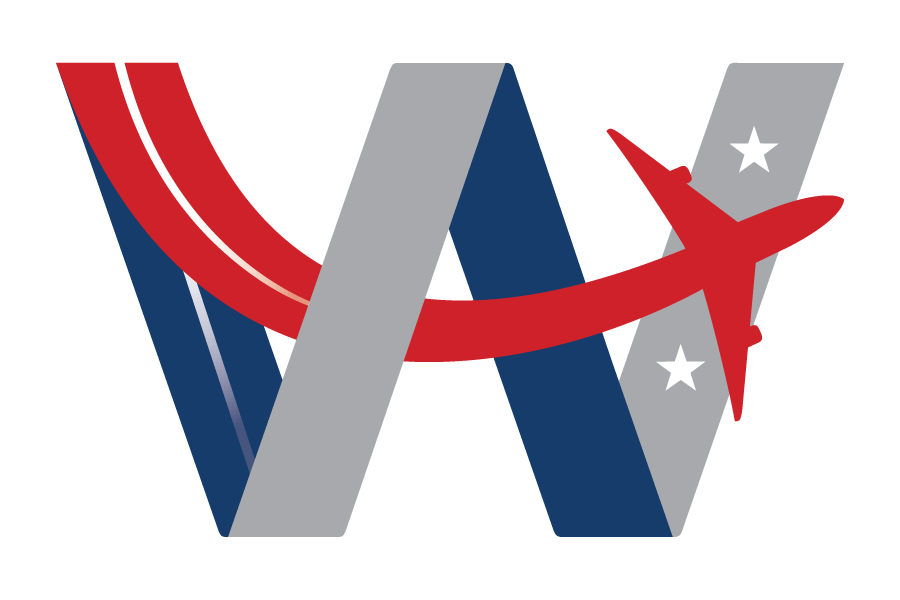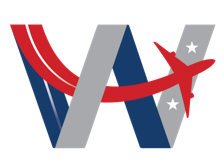Accomplishments and Advocacy
The WATF is a goal-driven entity that collaborates with both public and private sectors to generate economic returns and increase tax revenue, often surpassing hundreds of millions of dollars. Notably, the WATF has played a vital, and sometimes decisive, role in achieving significant gains since 1982.
Priorities
- Collaboration with federal, state, and local agencies, elected officials and industry related organizations.
- Grow and Expand Air Service.
- Promote an Enhanced Multi-Modal Transportation Network in the Region.
- Drive Region-Wide Economic Development.
- Continue to cultivate and maintain a robust and diverse Board membership.
36-Year Track Record of Positive Results in the Region
- Consistently supporting a sustained balance of use between Dulles and National through protection of the Federal Aviation Administration’s (FAA) Slot and Perimeter Rules and supporting new service at Dulles that has resulted in passenger parity in 2018.
- Built support for transfer of the Metropolitan Washington Airports Authority (MWAA) from federal to regional control in 1987. As a regional authority, MWAA has been able to invest over $2 billion in rebuilding National and expanding Dulles, and currently is investing another $3.4 billion at Dulles.
- Championed creation of the National Air and Space Museum’s Udvar-Hazy Center at Dulles which opened in December 2003 after a 19-year campaign.
- Key advocate for the Silver Line to Dulles.
- Fought for significant FAA Air Traffic Control improvements aimed at expanding capacity for more service and reducing delays and congestion in the Metro Washington area.
- Providing support to the Virginia Department of Aviation to connect Dulles to Virginia’s airports.
- Successfully advocated for expansion of free trade/Open Skies air service between the U.S. and Canada, virtually all of Europe and much of Asia, the Western Hemisphere and the Middle East.
- Fought for reopening of National following September 11, 2001 attacks.
- Continued positive voice in the community for the airports.
- 300,000 international air travelers expanded to 4.9 million in 2005.
- An "open-skies" air service agreement with Canada—the first negotiated by the United States in response to community needs.
- Ground access improvements including a program to bring rail transit to the Dulles Corridor.
- A streamlined FAA Air Traffic Control system that enabled flight operations to expand to match demand and provide more expansion capacity for future growth.
- A groundbreaking "Open Skies" agreement with the European Union, after a nine-year effort, which went into effect March 2008. The agreement replaced the current 27 bilateral air service agreements between the U.S. and individual EU members, some of which were restrictive, with a single agreement. For Dulles, new European markets can be expected to be the equivalent of a $200 million to $300 million commercial investment in the community in terms of its job impacts, based on a George Mason University study.
- Dulles-Beijing service-even though United Airlines already had a larger volume of service to China than other U.S. carriers, the United States Department of Transportation (USDOT) recognized that the award to Dulles would provide the most benefit to the largest number of travelers, and by implication, the greatest benefit to the U.S. economy. These were facts consistently stressed in filings with the USDOT by the WATF and by a large number of letters from business and civic leaders, many written with the help of WATF staff.

